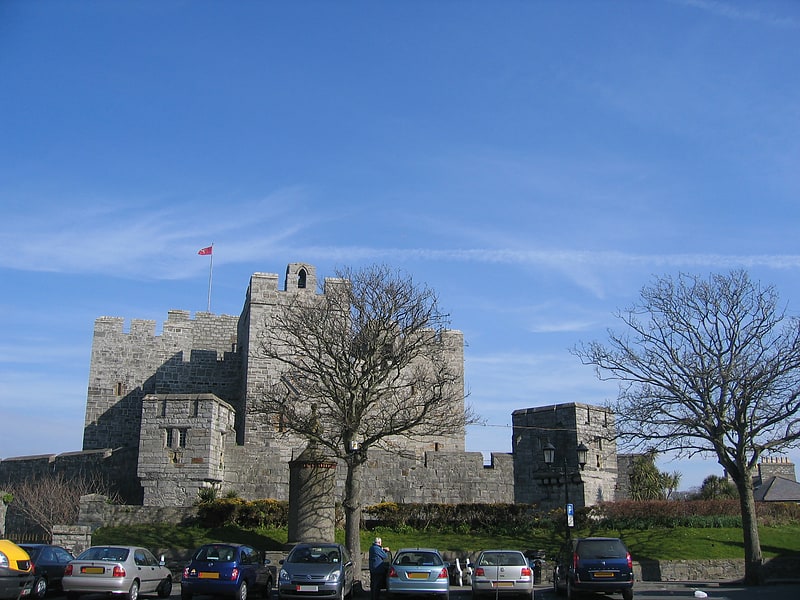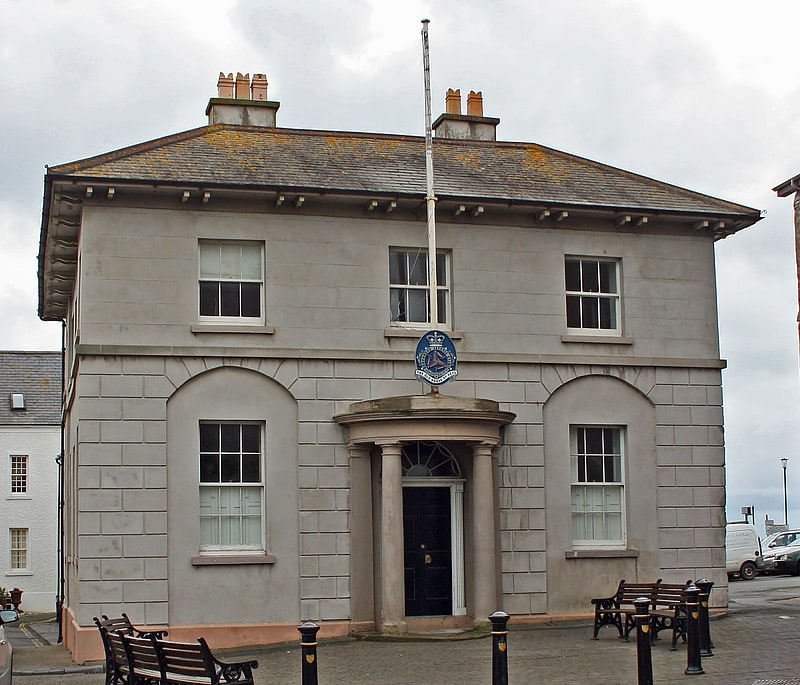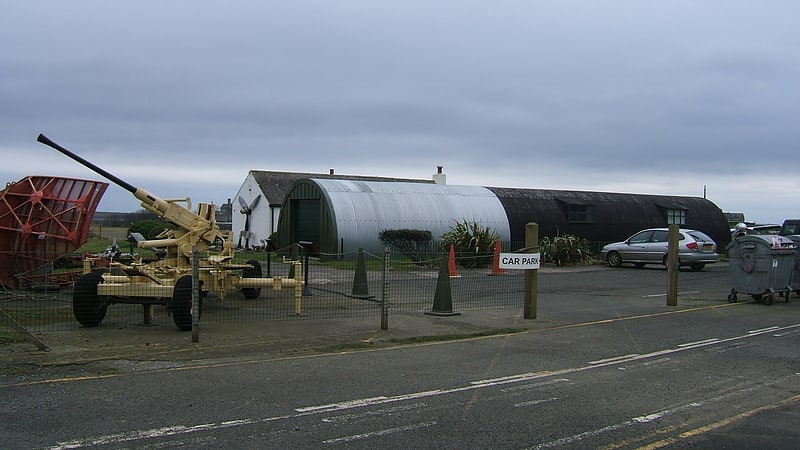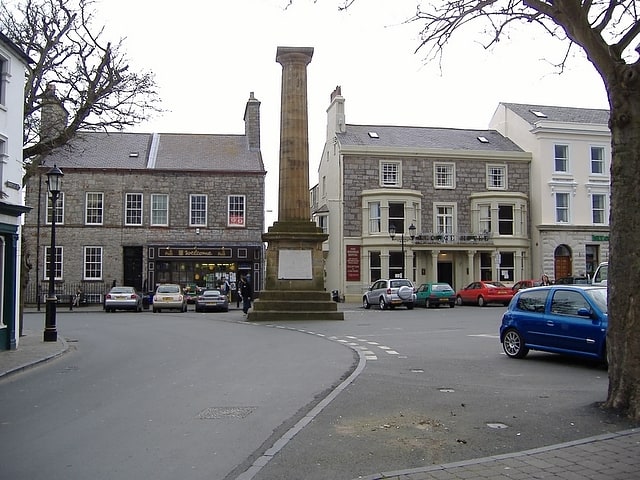Discover 4 hidden attractions, cool sights, and unusual things to do in Castletown (United Kingdom). Don't miss out on these must-see attractions: Castle Rushen, Old House of Keys, and Manx Aviation and Military Museum. Also, be sure to include Smelt Monument in your itinerary.
Below, you can find the list of the most amazing places you should visit in Castletown (Rushen).
Table of Contents
Castle Rushen

Huge medieval castle with many stairs. Castle Rushen is a medieval castle located in the Isle of Man's historic capital, Castletown, in the south of the island. It towers over the Market Square to the south-east and the harbour to the north-east. The castle is amongst the best examples of medieval castles in Europe and is still in use as a museum and educational centre.[1]
Address: Castletown Square, IM9 1LD Castletown
Old House of Keys

Museum in Castletown, Isle of Man. The Old House of Keys is the former meeting place of the House of Keys, the lower house of Tynwald, the Isle of Man's parliament. It is located across the street from Castle Rushen in Castletown, the former capital of the Isle of Man, in the south of the island. The building was used as the House of Keys from 1821 until 1874, when the parliament was moved to Douglas.
Prior to 1821, the House of Keys had no official home, but met first at Castle Rushen, and later at the Bishop of Sodor and Man's library in Castletown. After criticism from a Royal Commission, plans were drawn up for a new meeting house for the Keys in 1813, but after concerns about the cost, they were redrawn and approved in 1819. The building, designed by Thomas Brine, was completed in 1821. It housed the House of Keys until 1874, when the Keys followed the other primary functions of the island and moved to Douglas. After their move, the Old House became a branch of Dumbell's Bank, and later Parr's Bank. In 2000, Manx National Heritage acquired the building and began restoring the house to how it appeared in 1866. The building opened to the public as a museum in November 2001.[2]
Address: Parliament Ln, IM9 1LA Castletown
Manx Aviation and Military Museum

Museum on the Isle of Man. The Manx Aviation and Military Museum is a museum dedicated to the history of aviation and the military on the Isle of Man. The museum is open at the weekends throughout the year and every day from late May to the end of September. Visits at other times and guided tours can be arranged by appointment. Entry to the museum is free. The Museum was opened on Remembrance Day 2000.
The museum is located in Castletown, Isle of Man right next to Ronaldsway Airport to the south of the island on the main Douglas - Castletown road.
On display amongst the many pieces of wartime memorabilia is one of only a handful of fully restored Morris-Commercial C9/B self-propelled Bofors 40 mm guns.
Other displays cover RAF Jurby and RAF Andreas, the Isle of Man Home Guard, the history of Manx Airlines and a series of small exhibits called "One Man's War" which give brief details of the military service of named individuals in the RAF, Royal Navy and Army. One of these displays is dedicated to Polish pilot Stanislaw Podobinski of 303 Squadron, RAF, who died when his Spitfire crashed into high ground on the Isle of Man.
Since 2005 the Manx Regiment have displayed their exhibits here, after the Old Comrades Association closed their separate museum at Tromode.[3]
Address: 47 Fuchsia Grove, IM9 2DT Isle of Man
Smelt Monument

The Smelt Monument is a monument in Castletown, Isle of Man built to commemorate the life of Cornelius Smelt, the first royally appointed Lieutenant Governor of the Isle of Man, who died in 1832. Work on the monument began in 1836, and ceased the following year. It was built to a design by John Welch at a cost of £180. It is a column of the Grecian Doric Order built from locally sourced stone, the work being undertaken by John Thomas. It was listed as a Registered Building of the Isle of Man in 1984.[4]